Your currently viewing RAW Contemporary | View RAW Modern
In the winding alleyways of Spoleto, Italy, in 2015, a chance encounter set me on a path I never expected. Introduced by Carol Lewitt—the widow of the renowned artist Sol Lewitt — I met Marina Mahler, daughter of the sculptor Anna Mahler. Marina’s deep knowledge and infectious passion for her family’s artistic legacy opened my eyes to the multifaceted life of Anna Mahler—a story of resilience, creativity, and transformation across continents and eras.
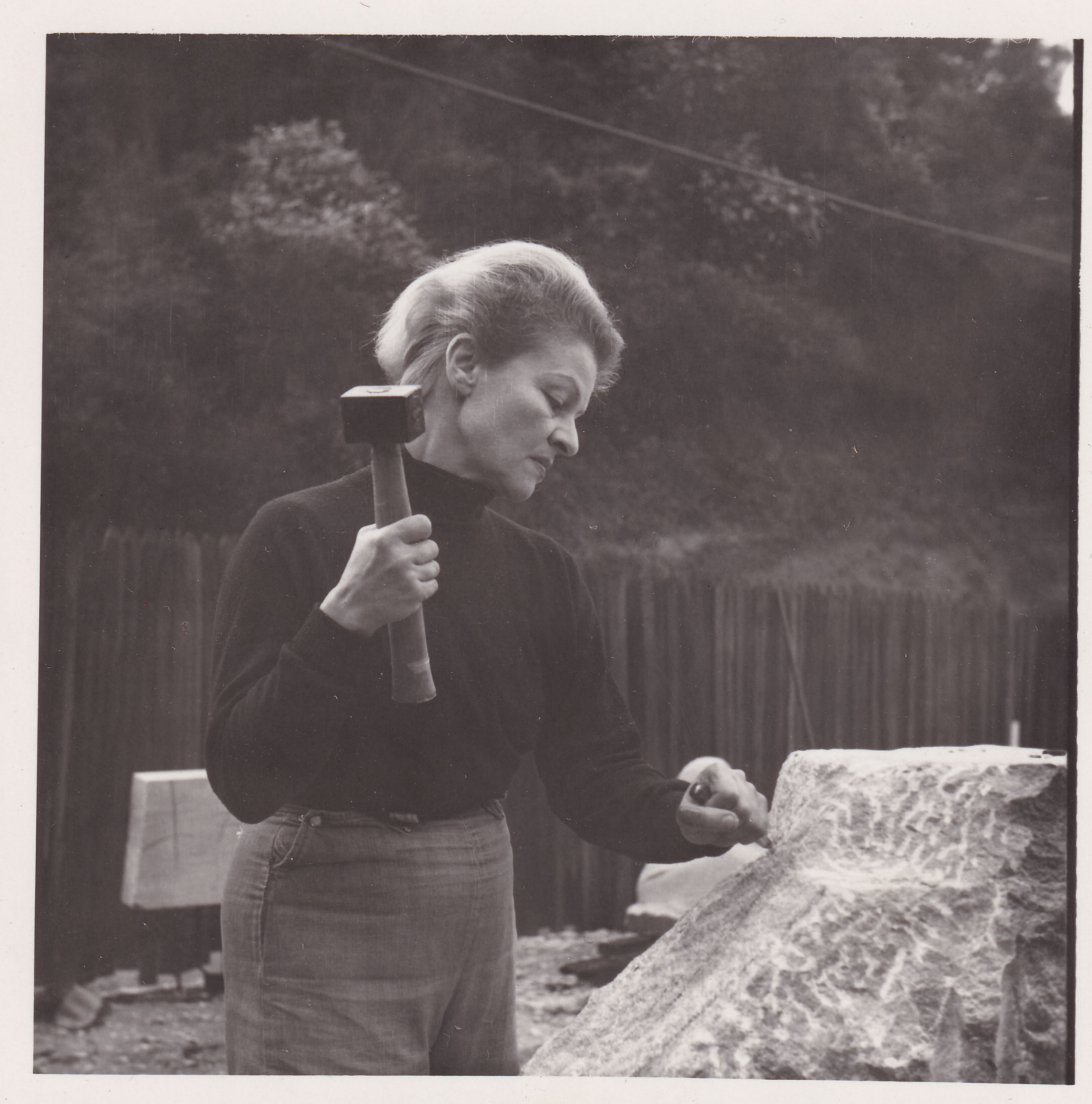
Born in 1904 into the fading grandeur of the Austro-Hungarian Empire, Anna Mahler was no stranger to the turbulent shifts of the twentieth century. As the daughter of Gustav Mahler and Alma (née Schindler), she was born into a cultural maelstrom, inheriting an atmosphere of musical excellence and artistic ambition. Yet, her destiny was far from predetermined. Forced to flee Vienna for London in 1938 amid the rising tide of Nazism, Anna’s journey became a powerful narrative of exile and reinvention.
Her early successes were as promising as they were fleeting. In 1937, a Grand Prix-winning figure—selected as a modern art exemplar—was exhibited as part of the Austrian Pavilion at the Paris World Fair. This moment, however, was bittersweet. As art historian Ernst Gombrich poignantly observed, much of her early work was lost when her abandoned studio in Vienna was destroyed in an Allied air-raid. The fire that consumed her early creations also obscured a vibrant chapter of art history, leaving behind only catalogues and memories of a luminous talent.
Following her escape from Vienna, Anna Mahler found a brief creative refuge in London. Here, her contributions extended to significant national events, including her participation in The Festival of Britain in 1951—a symbolic moment of post-war regeneration. Yet, it was her time in Los Angeles that marked the most prolific period of her career. In the open-air studio of Beverly Glen, she sculpted not only with stone but also with the very spirit of exile and hope.
Living with her daughter Marina among a community of other cultural exiles—musicians, artists, and intellectuals who had fled Hitler’s Europe—Anna Mahler’s Los Angeles was a period of artistic innovation. It was during these years that she embarked on her most monumental project, ‘The Tower of Masks’, 1964. This work, later acquired by UCLA and displayed at the Franklin D. Murphy Sculpture Garden, stands as a testament to her enduring vision and physical mastery of stone carving. It encapsulates the interplay of tradition and modernity—a recurring theme in her sculptures, particularly in her distinctive portrait busts and large stone figures, often of women.
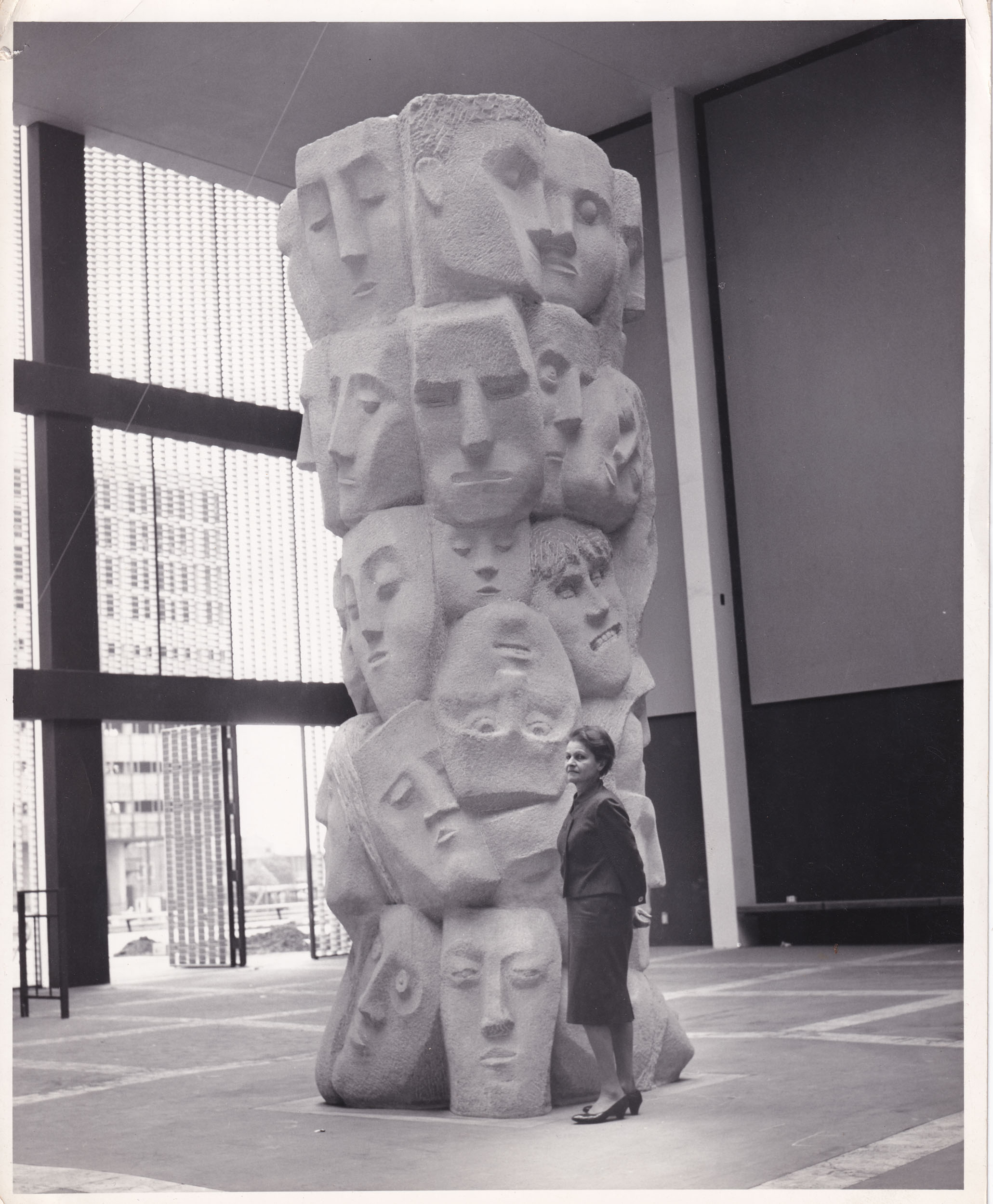
My own journey into Anna Mahler’s world led me to Casa Mahler, her final home and studio in Spoleto. This enchanting house, brimming with relics of the past and now home to Anna Mahler International Association and Mahler and LeWitt artist residencies, has become a living archive of Anna’s life and work. I knew that we had to put a strategy in place to conserve and catalogue the archive and this is when I met curator and professional archivist Michele Drascek, and we put plans in motion to sort and record the archive.
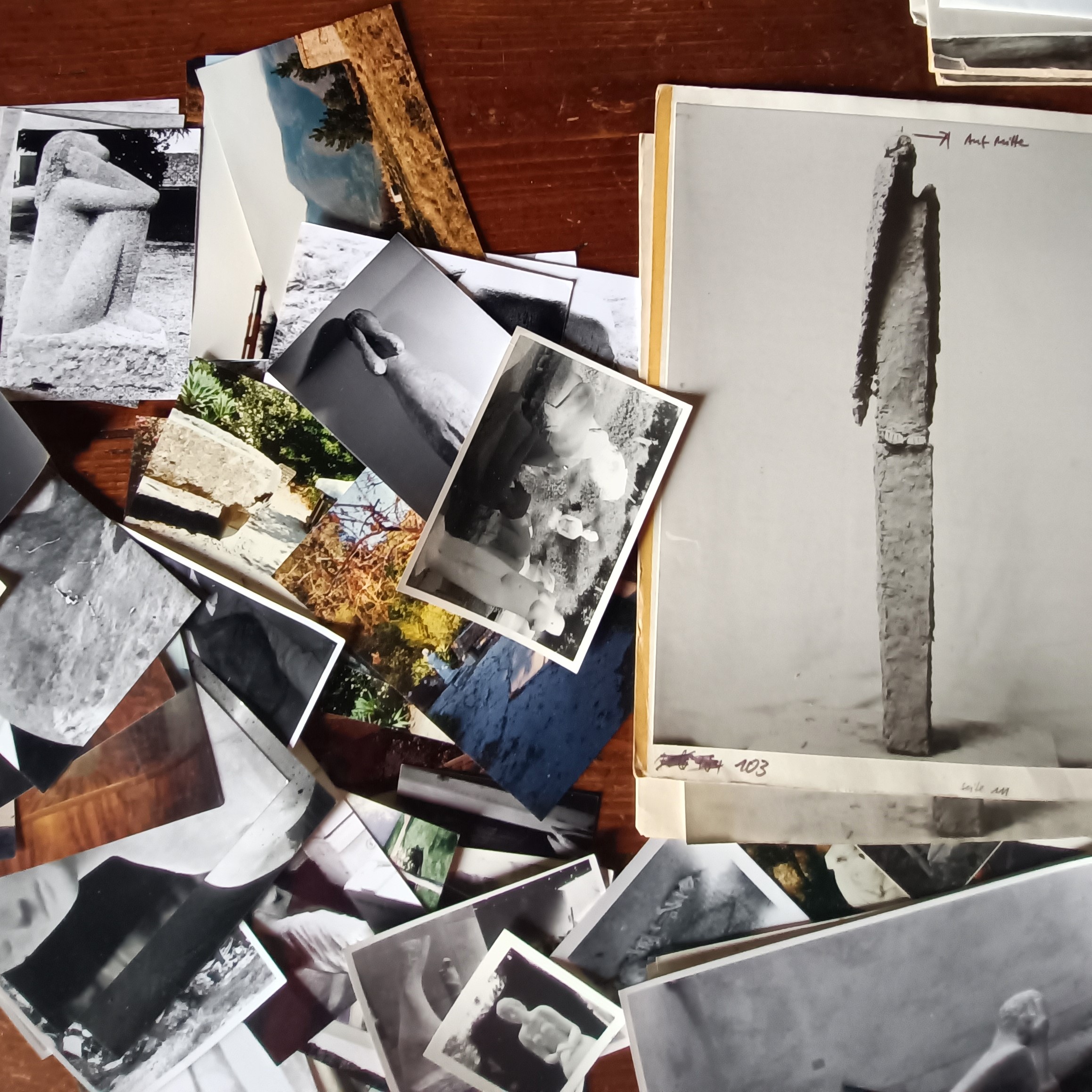
In 2024, we marked the 120th anniversary of Anna’s birthday, and the painstaking work of researching and archiving her records started and is well underway. Hundreds of photographs, negatives, and slides, alongside agendas, datebooks, and personal notes, are being meticulously organized. These materials are not just relics—they are keys to reconstructing a comprehensive timeline of Anna Mahler’s public career and private musings.
The archival effort in Spoleto is unveiling treasures that have long been hidden, some even among the volumes of the Mahler family library. Each piece of documentation provides rare insight into pivotal moments—from her early days in Austria, through her exile in London, to her creative years in Los Angeles. This ongoing project promises to enrich our understanding of her artistic journey, offering context to her work and revealing aspects of her personality and method that were previously unknown to a wider audience.
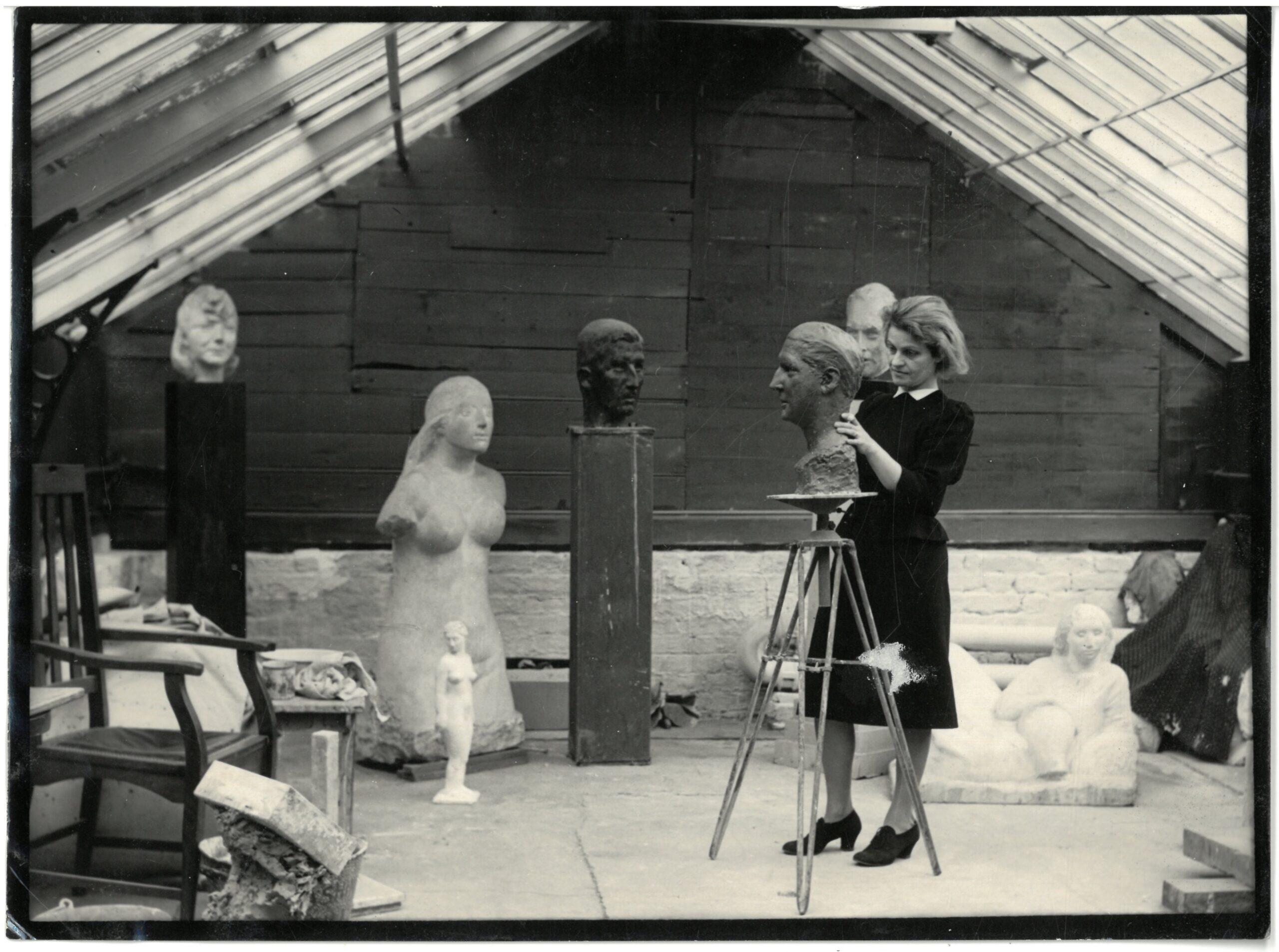
New research was presented at CAA – Advancing Art & Design conference (CAA113) on 13th February in the panel discussion “Anna Mahler, Sculptor: Vienna, London, Los Angeles, and Spoleto (Italy)”. Presentations by Dr Diane Silverthorne, Art Historian and Vienna 1900 scholar; Michele Drascek, Curator and Archivist of the Estate of Anna Mahler and Marina Mahler, the artist’s daughter and President of the Mahler Foundation, re-examined and celebrated Anna Mahler’s legacy, weaving together distinct yet interconnected threads of her life.
Dr Diane Silverthorne, revisited Anna Mahler’s early career in 1930s Vienna, exploring the profound impact of her formative years and the loss of her early works. New research on Anna Mahler’s contributions during her time in London shed light on her role in the 1951 Festival of Britain.
Michele Drascek shared rarely seen photographs and archival documents to reconstruct a narrative that has long been obscured by the chaos of war and a transitory life.
Perhaps the most anticipated presentation was focused on her Los Angeles period, where her most monumental work, ‘The Tower of Masks’ was made. In conversation with Marina Fistoulari Mahler—President of the Mahler Foundation and Anna’s direct witness to these creative years—we gained first-hand insights into her techniques and her approach to stone carving.
This conference is a call to reengage with a legacy that has been partially obscured by time and circumstance and foster dialogue that bridges the gap between historical documentation and living memory—a dialogue that is as relevant today as it was in the tumultuous decades of Anna Mahler’s life.
Anna Mahler’s life and work offer a compelling case study of an artist navigating the intersections of exile, gender, and modernism. As a woman sculptor in a field dominated by her male counterparts, she forged a distinctive path by both honouring her artistic lineage and redefining what it meant to create in a world in crisis. Her practice—ranging from intimate portrait busts to monumental public works—reflects a combination of personal experience and broader cultural currents.
The ongoing archival project in Spoleto is not only about preserving historical documents; it is about reawakening a narrative that has much to teach us about resilience, adaptation, and the transformative power of art. Each newly uncovered photograph, each meticulously catalogued note, adds depth to the story of an artist who, despite the forces of war and displacement, managed to create works that continue to speak to us today.
For scholars and curators, the conference in New York represents an opportunity to engage with this reawakened legacy. It invites us to explore the intersections of personal memory and historical narrative and gain a much deeper appreciation of Anna Mahler’s enduring legacy.
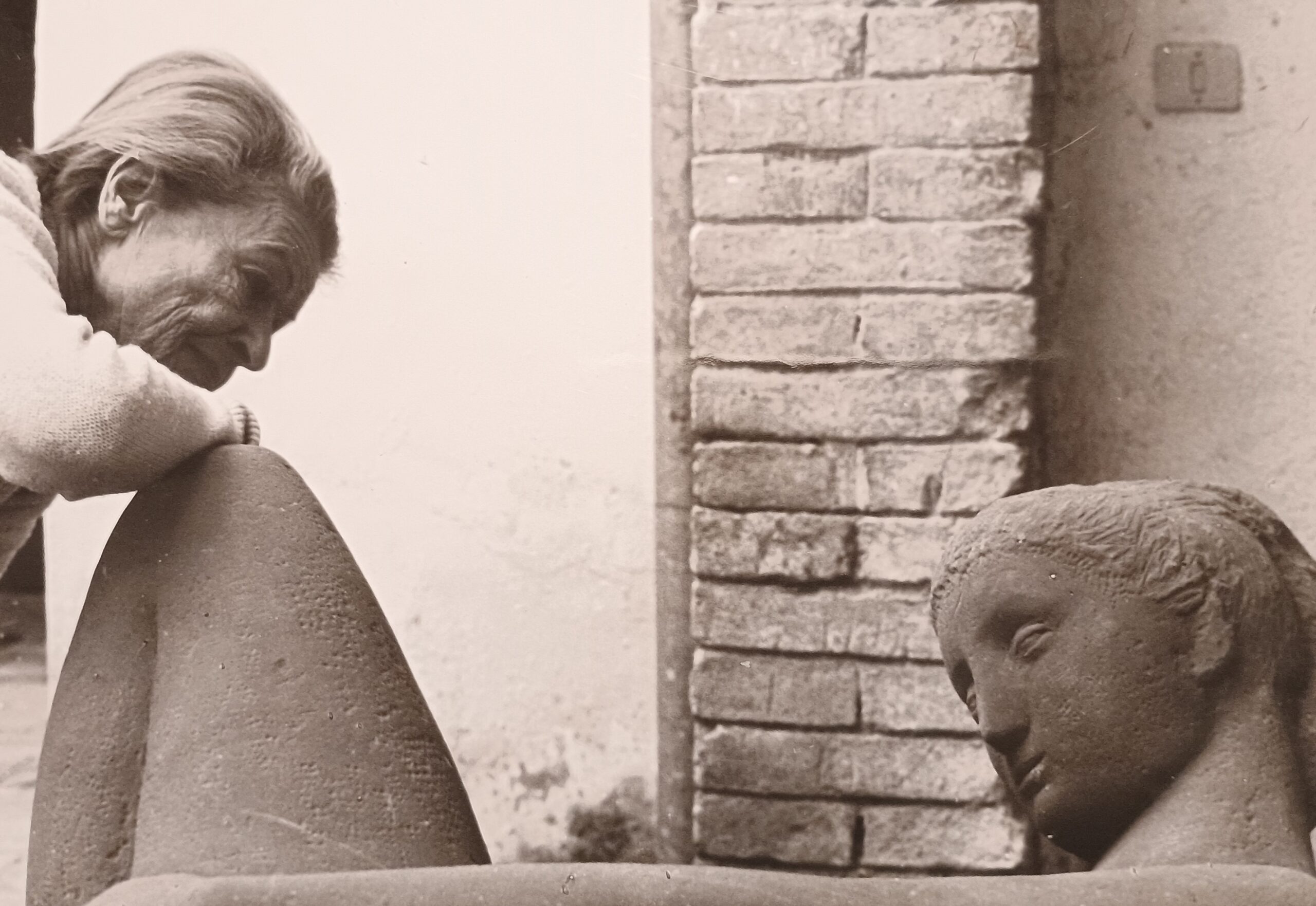
Thank you to Matthew Stephenson, Representative of the Estate of Anna Mahler, Dr Diane Silverthorne and Michele Drascek, Curator and Archivist to the Estate of Anna Mahler